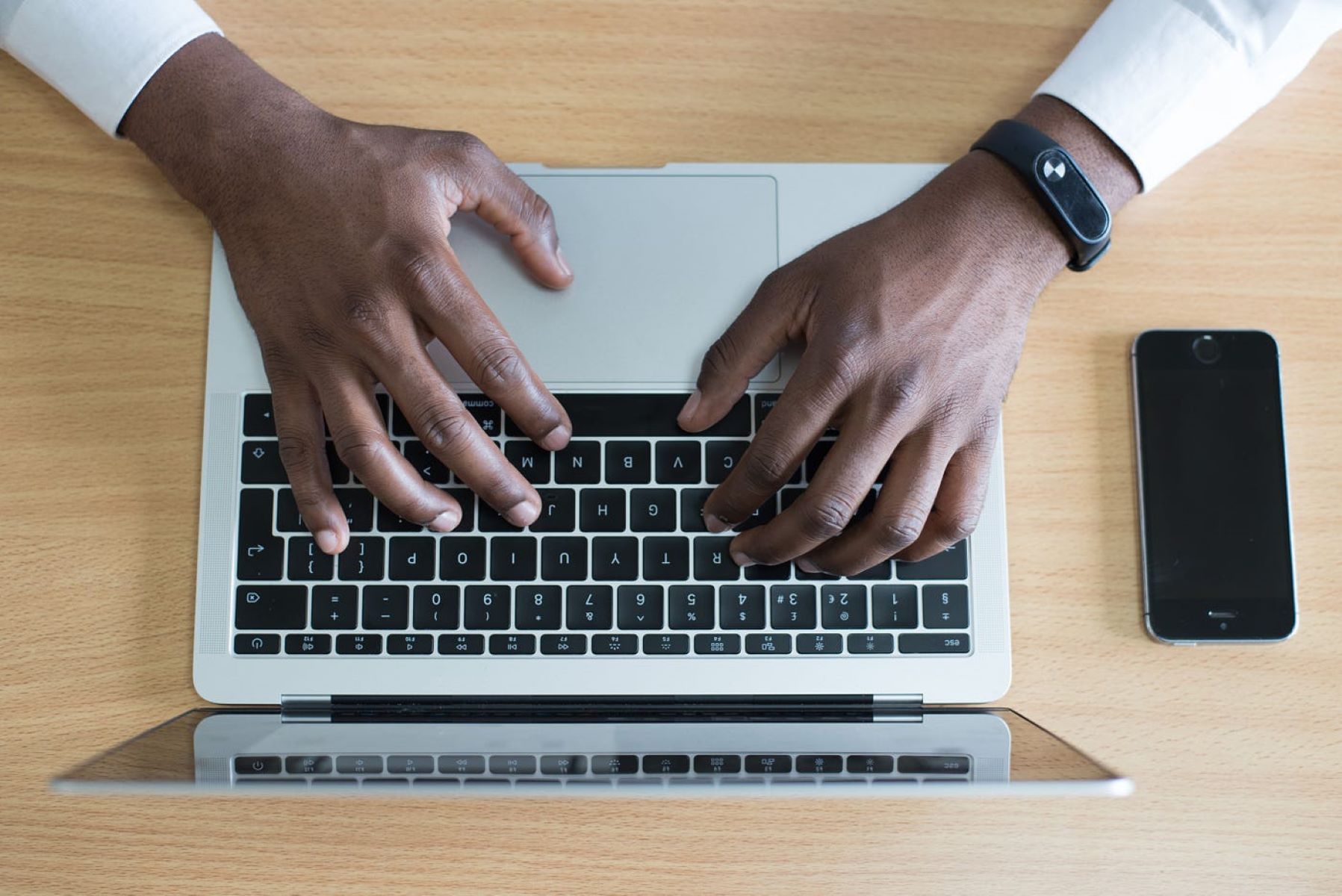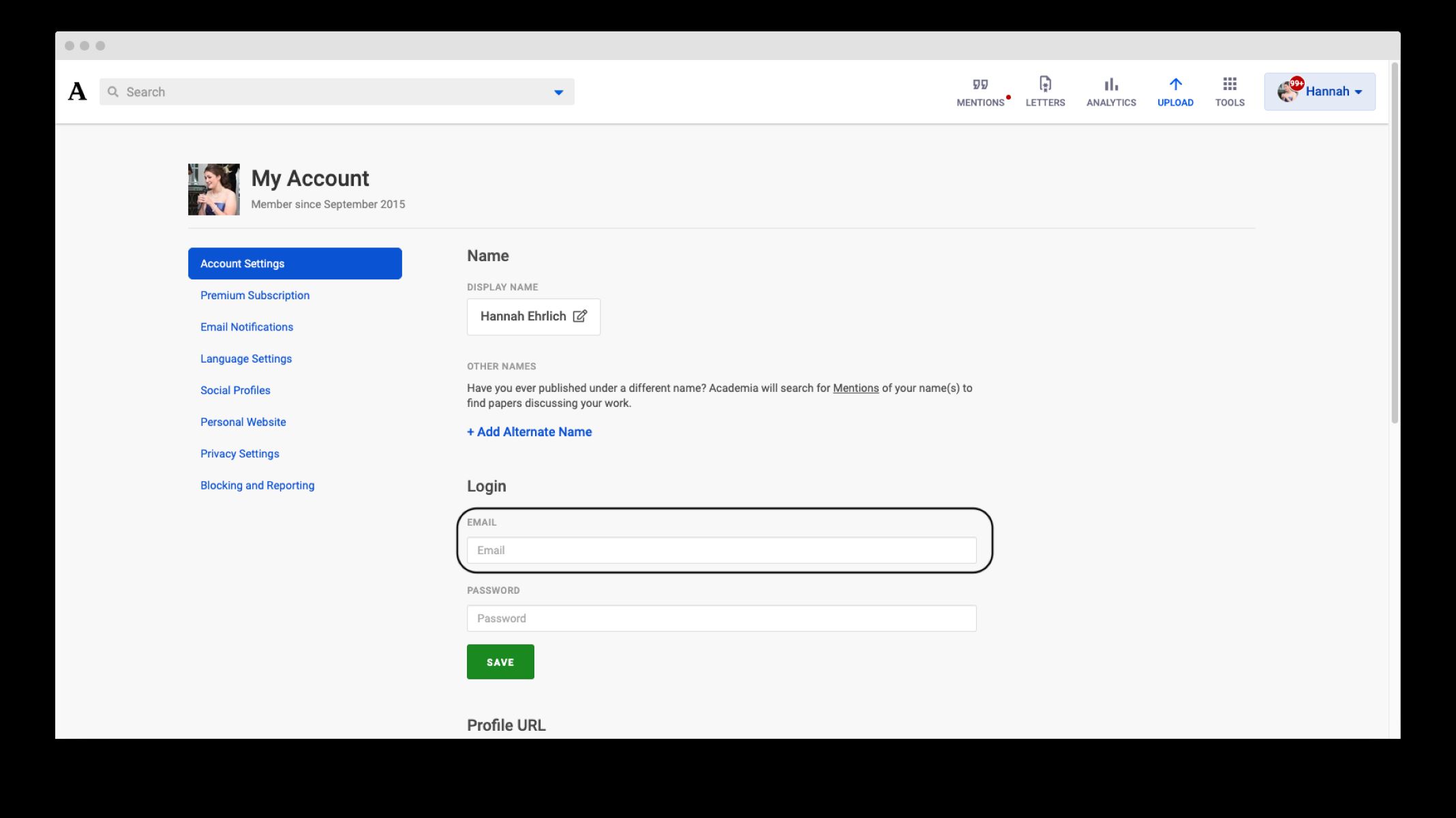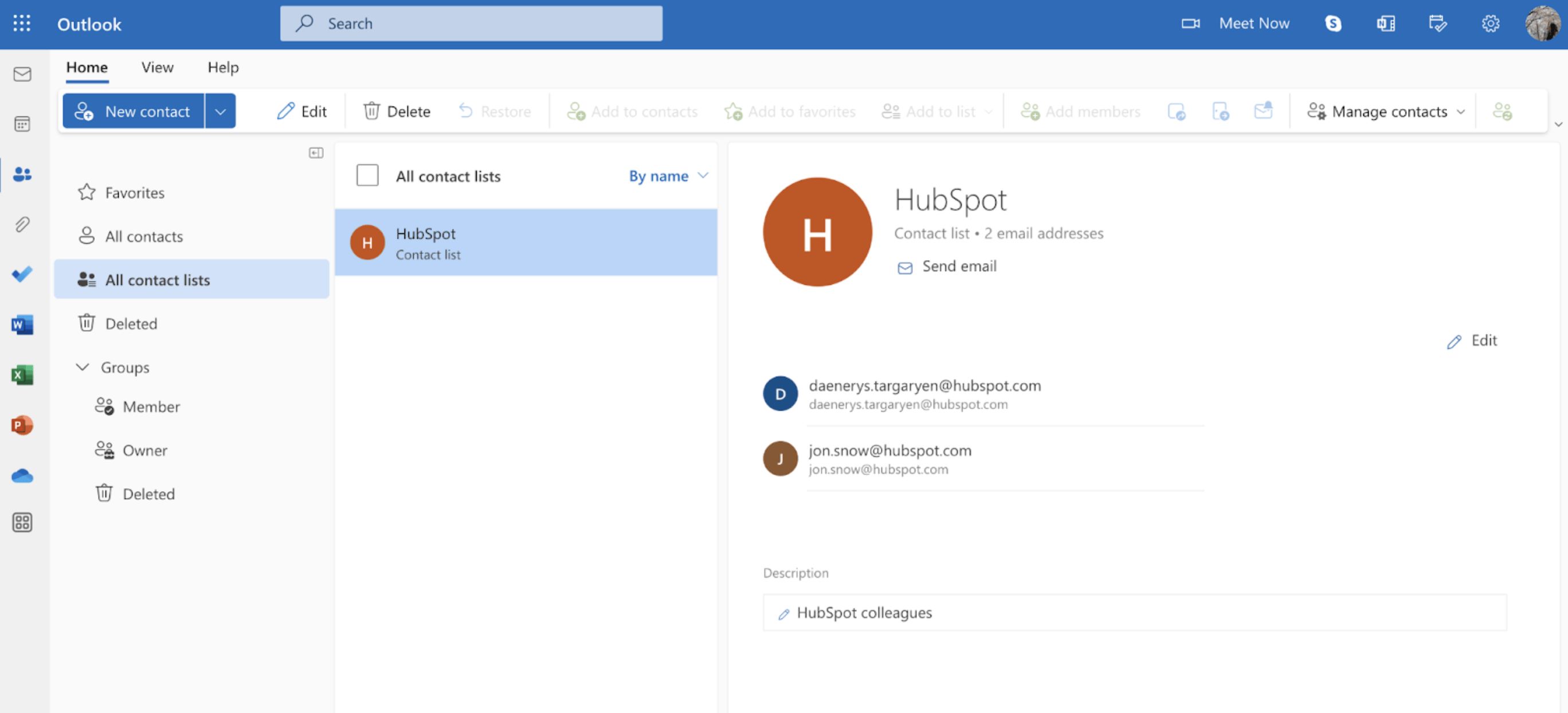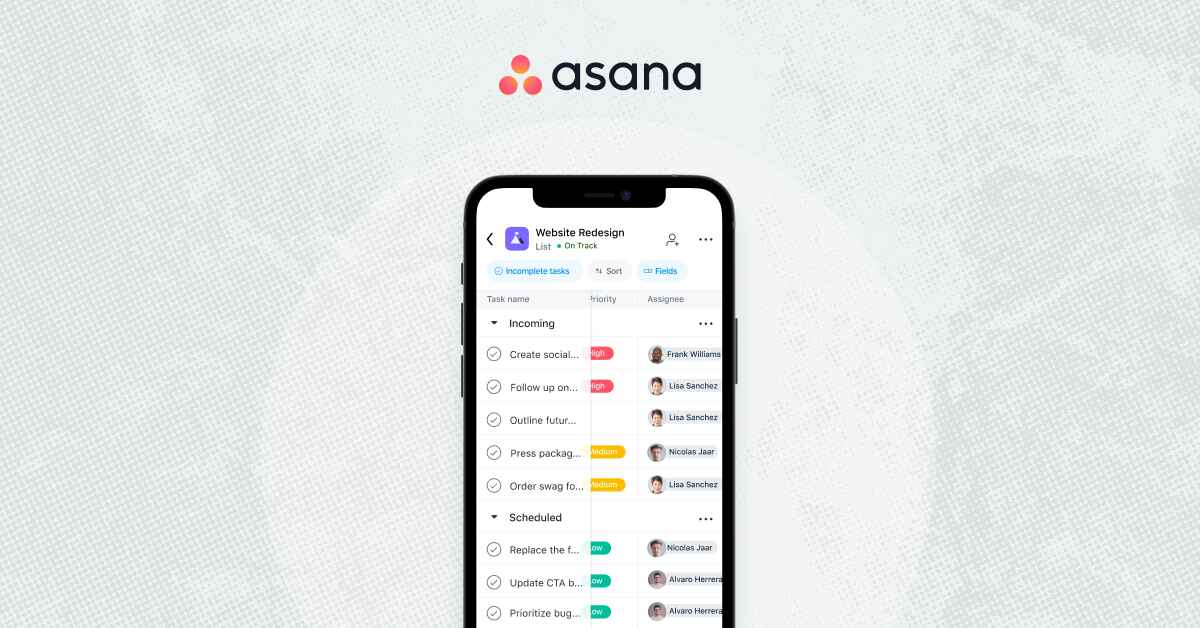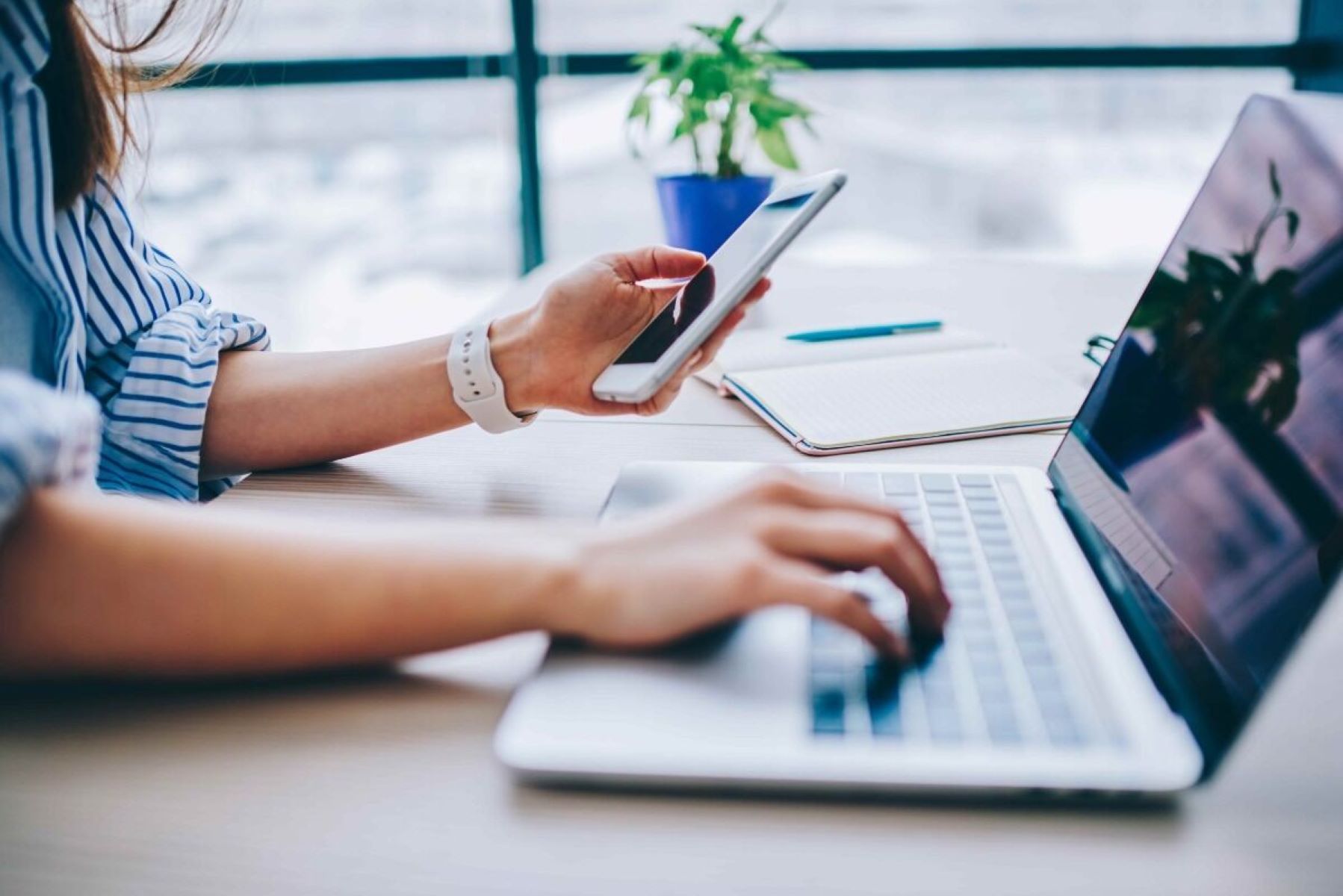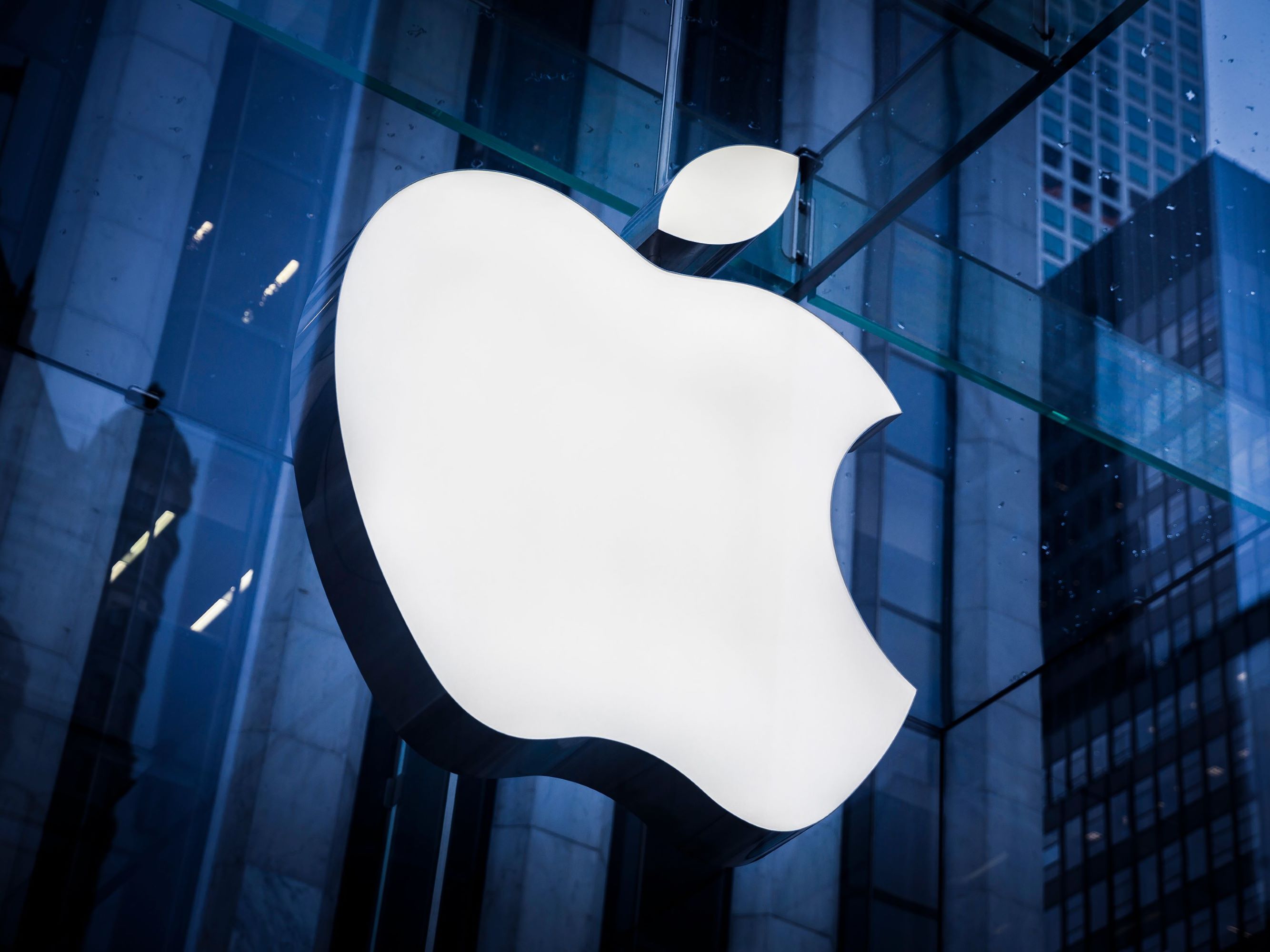Why Starting an Email Matters
When it comes to email communication, the way you start your message can have a significant impact on how it is received and perceived by the recipient. The opening of an email sets the tone for the entire conversation and can determine whether your message is read with interest or dismissed as unimportant. Therefore, it is crucial to understand why starting an email matters and how to make a positive first impression.
Firstly, starting an email in the right way helps to establish a professional image. Whether you are reaching out to a colleague, a client, or a potential business partner, using a proper greeting and addressing the recipient respectfully demonstrates your professionalism and attention to detail. It shows that you value their time and are committed to maintaining a professional relationship.
In addition to professionalism, starting an email effectively also improves the chances of your message being read and responded to promptly. With the volume of emails people receive daily, it is essential to grab their attention from the start. A concise and engaging opening helps to pique their interest, making them more likely to continue reading and respond to your message in a timely manner.
Furthermore, the way you start an email can influence the tone and the outcome of the entire conversation. By using a friendly and polite opening, you create a positive atmosphere and make the recipient feel valued and respected. This can lead to smoother and more productive communication, fostering better relationships and achieving desired results.
On the other hand, a poorly started email can have negative consequences. For example, starting an email with a generic and impersonal salutation can make the recipient feel like just another name on your contact list. It may give the impression that you did not take the time or effort to address them personally, leading to a decreased likelihood of getting a favorable response.
Ultimately, the way you start an email matters because it sets the stage for effective communication and successful outcomes. By taking the time to craft a thoughtful and appropriate opening, you demonstrate your professionalism, show respect for the recipient, and increase the chances of receiving a timely response. So, the next time you write an email, remember the significance of a strong opening and make it a priority in your communication strategy.
Understanding the Purpose of Your Email
Before hitting the send button, it is essential to have a clear understanding of the purpose behind your email. Knowing your objective will help you craft a focused and effective message that resonates with the recipient. Here are some key points to consider when determining the purpose of your email.
Firstly, identify the main goal or action you want the recipient to take. Are you seeking information, requesting assistance, providing updates, or making a proposal? Clearly defining your purpose will guide the structure and content of your email, ensuring that you communicate your intentions effectively.
Next, consider the intended audience for your email. Tailoring your message to the recipient’s needs and interests increases the chances of a favorable response. For example, if you are writing to a potential client, focus on highlighting the benefits and solutions your product or service can offer. Understanding your audience allows you to customize your email to their specific needs and motivations.
Furthermore, be mindful of the tone and style appropriate for the purpose of your email. Is it a formal business communication, a friendly follow-up, or a casual inquiry? The tone should align with the context and relationship you have with the recipient. Using the appropriate tone helps to convey your message effectively and fosters a positive impression.
Another critical aspect of understanding the purpose of your email is determining the desired outcome. What do you hope to achieve by sending this email? Clarifying your expected outcome will allow you to include any necessary information or calls to action to encourage the recipient to take the desired next steps.
Consider the timing and urgency of your email. If it is time-sensitive, clearly indicate any deadlines or desired response timelines. Understanding the urgency will help you set appropriate expectations and indicate the level of immediate action you require from the recipient.
Lastly, keep in mind the overall impression you want to leave with the recipient. Whether it is a professional impression, a friendly connection, or a persuasive pitch, understanding the purpose of your email enables you to align your communication style and content to attain the desired impression.
By understanding the purpose of your email, you can craft focused and engaging messages that resonate with the recipient. Take the time to determine your objective, consider your audience, adapt your tone, clarify the desired outcome, and leave a lasting impression. Doing so will ensure that your email accomplishes its intended purpose and helps you achieve your goals.
Addressing the Recipient Properly
When it comes to email communication, addressing the recipient properly is a crucial aspect of creating a positive and professional impression. By using appropriate salutations and addressing recipients correctly, you show respect and build rapport from the very beginning. Here are some guidelines for addressing the recipient properly in your emails.
Firstly, it is important to use the recipient’s name whenever possible. Addressing someone by their name establishes a personal connection and shows that you have taken the time to identify the individual you are contacting. If you are sending an email to someone you have never met before, try to find their name through online research or by calling their organization. People appreciate being addressed by their name as it adds a sense of familiarity and respect.
If you are unsure of the recipient’s gender or if you are writing to someone with a gender-neutral name, it is appropriate to use their full name or simply address them by their title and last name. For example, using “Dear Taylor Johnson” or “Dear Dr. Smith” is a respectful way to address someone without presuming their gender.
When addressing someone you have a professional relationship with, such as a colleague or client, it is generally appropriate to use their formal title. For example, if you are addressing someone with the title of “Dr.”, “Professor”, or “Honorable”, be sure to use their appropriate title in the salutation. This demonstrates that you are aware of their professional standing and reinforces the level of respect you have for them.
On the other hand, if you have a more informal relationship with the recipient, such as a coworker or a client you are on a first-name basis with, it is acceptable to use their first name in the salutation. Using a more casual salutation can help to create a friendly and approachable tone.
Additionally, take into consideration any cultural or regional preferences when addressing someone. In some cultures, using the recipient’s last name with a title is the norm, while others may prefer a more informal approach. Being aware of these cultural nuances will help you address the recipient in a way that respects their customs and traditions.
One common mistake to avoid is using overly familiar or unprofessional language when addressing the recipient. It is best to err on the side of formality, especially when emailing someone for the first time or in a professional setting. Avoid using nicknames or terms of endearment unless you have an established rapport with the recipient.
By addressing the recipient properly, you show respect and establish a positive tone for the rest of your email. Taking the time to find out the recipient’s name, using appropriate titles, and considering the level of formality will help you create a professional and courteous impression. Remember, proper salutations contribute to effective communication and sets the stage for a successful exchange of information.
Choosing the Right Greeting
When it comes to email communication, choosing the right greeting sets the tone for the entire conversation and can significantly impact how your message is received. A well-chosen greeting creates a positive first impression and helps establish rapport with the recipient. Here are some guidelines to consider when selecting the right greeting for your email.
Firstly, consider the level of formality required for your email. If you are writing to a professional contact or someone you have a formal relationship with, such as a supervisor or a client, it is appropriate to use a more formal greeting. Common formal greetings include “Dear Mr. Smith” or “Dear Dr. Johnson.” Using the recipient’s last name with an appropriate title demonstrates respect and professionalism.
If you have a more informal relationship with the recipient, such as a coworker or a client you are on a first-name basis with, you can use a more casual greeting. “Hi [First Name]” or “Hello [First Name]” are suitable options that create a friendly and approachable tone. However, it is still important to use discretion and consider the nature of your relationship and the context of your email.
Another factor to consider when choosing the right greeting is the time of day and the cultural norms surrounding greetings. In some cultures, it is customary to include a brief greeting based on the time of day, such as “Good morning” or “Good afternoon.” However, in other cultures or professional contexts, it may be more appropriate to simply begin your email without a specific time-based greeting. Awareness of cultural etiquette can help ensure that your greeting is well-received and culturally sensitive.
When in doubt, it is generally better to err on the side of formality. Using a more formal greeting shows respect and can help set a professional tone. However, if you have an established rapport or a more informal relationship with the recipient, using a friendlier greeting can enhance the personal connection.
It is important to note that regardless of the greeting you choose, it should always be followed by a comma or a colon to separate the greeting from the body of the email. This small detail adds a touch of professionalism to your communication.
Lastly, avoid using generic or overly familiar greetings that may come across as impersonal or unprofessional. For example, using “Hey” or “Yo” may be more appropriate in casual conversations but can be perceived as disrespectful in professional settings. Strive to strike a balance between friendliness and professionalism in your greeting.
By choosing the right greeting, you set the tone for a positive and effective email communication. Whether you opt for a formal or informal greeting, consider the level of formality required, cultural norms, and your relationship with the recipient. Remember, a well-chosen greeting helps establish rapport and contributes to a successful email conversation.
Adding a Personal Touch
When it comes to email communication, adding a personal touch can make your message stand out and create a stronger connection with the recipient. By incorporating personal elements into your emails, you show that you value the individual and are genuinely interested in engaging with them. Here are some tips for adding a personal touch to your emails.
Firstly, when addressing the recipient, use their name. Addressing someone by their name establishes a personal connection from the start. It shows that you have taken the time to identify the individual you are contacting and that you value their uniqueness. Using the recipient’s name also helps to grab their attention and create a more personalized experience.
In addition to using their name, consider referencing previous conversations or shared experiences in your email. Mentioning a recent meeting, a collaboration, or an event you both attended demonstrates that you have been paying attention and reinforces your connection. This personal touch helps to make the recipient feel valued and engaged.
Another way to add a personal touch to your emails is by tailoring your message to the recipient’s interests or preferences. If you have information about their hobbies, achievements, or professional interests, incorporate that into your email. For example, if you know that the recipient is passionate about a specific topic, include a relevant article or resource in your email. This demonstrates that you have taken the time to understand their interests and is more likely to grab their attention.
Furthermore, consider using a conversational tone in your emails. Avoid overly formal or stiff language and instead strive for a more relaxed and authentic style. This helps to create a friendly and approachable impression, making the recipient feel more comfortable engaging with you in return.
Using personal anecdotes or sharing relevant experiences can also add a personal touch to your emails. By sharing a relevant story or experience, you create a connection with the recipient on a more human level. It shows that you are not just focused on business matters but are also willing to share and connect on a personal level.
Lastly, always take the time to proofread and customize your emails. Avoid sending generic or copy-paste emails that lack personalization. Take the extra effort to ensure that your emails are tailored to the specific recipient and align with their interests and needs. This attention to detail can make a significant impact on the recipient’s perception of your message.
By adding a personal touch to your emails, you create a stronger connection and increase the likelihood of meaningful engagement. Incorporating personal elements such as using the recipient’s name, referencing shared experiences, tailoring your message, and adopting a conversational tone demonstrates your genuine interest and sets the stage for a more personal and productive communication.
Avoiding Common Mistakes
When it comes to email communication, there are several common mistakes that can hinder effective communication and impact the perception of your message. By being aware of these mistakes and taking steps to avoid them, you can enhance the professionalism and clarity of your emails. Here are some common mistakes to watch out for:
Firstly, one of the most common mistakes is failing to proofread your emails before sending them. Spelling and grammar errors not only reflect poorly on your attention to detail but can also lead to misunderstandings or misinterpretations. Take the time to carefully review your emails for any errors before hitting the send button.
In addition to proofreading, it is important to avoid using unprofessional language or slang in your emails. While it may be tempting to use colloquialisms or shortcuts, it is best to keep your language professional and appropriate for the context. Using casual language can come across as unprofessional and may undermine the credibility of your message.
Another common mistake is failing to provide clear and concise subject lines. The subject line is the first thing the recipient sees and can determine whether or not they open your email. Be sure to use subject lines that accurately summarize the purpose of your email and entice the recipient to open it. Vague or misleading subject lines can result in your emails being disregarded or overlooked.
Avoiding lengthy and convoluted emails is also crucial. Keep your message concise and to the point, making it easier for the recipient to understand and respond. Lengthy emails can overwhelm the recipient and may result in important information being missed. If additional information is required, consider including attachments or providing a link to a shared document.
Another mistake to avoid is using a generic or unprofessional email address. Ideally, use an email address that includes your name or the name of your organization. Using a professional email address demonstrates credibility and makes it easier for the recipient to identify you and categorize your email.
Lastly, be mindful of your tone and etiquette when writing emails. Avoid using aggressive or confrontational language, even if you are addressing a problem or concern. Maintain a respectful and professional tone throughout your email to preserve a positive and constructive atmosphere. Additionally, respond to emails in a timely manner to show respect for the recipient’s time and maintain effective communication.
By avoiding these common mistakes, you can enhance the professionalism and effectiveness of your emails. Take the time to proofread, use professional language, provide clear subject lines, keep your emails concise, and maintain a respectful tone. These practices will demonstrate your professionalism and help you build strong and effective relationships through email communication.
Crafting a Professional Email Signature
An email signature is an essential component of professional communication. It provides recipients with important contact information and adds a finishing touch to your emails. Crafting a professional email signature is crucial for creating a positive and polished impression. Here are some key elements to consider when creating your email signature.
Firstly, include your full name. Using your complete name not only establishes your identity but also helps recipients easily recognize who the email is from. It adds a personal touch to your signature and enhances your professionalism.
In addition to your name, include your job title or professional role. This helps recipients understand your responsibilities and position within an organization. Including your title gives credibility to your email and provides context for the recipient.
Next, provide your contact information. Include your phone number and email address in your signature, making it convenient for recipients to contact you. Depending on your preferences and the nature of your communication, you may also include your physical address or social media handles.
Consider adding a professional headshot or a logo to your email signature. This personalizes your signature and adds a visual element that can make your emails more memorable. A high-quality photo or logo helps recipients associate your name with your face or brand, strengthening your professional image.
Using consistent formatting is crucial for a professional email signature. Keep the font style and size consistent with the rest of your email, ensuring readability. Avoid using too many colors or fonts that may make your signature look cluttered or unprofessional. Stick to a simple and elegant design that aligns with your personal brand or company image.
Include relevant links to your website, portfolio, or social media profiles in your email signature. This allows recipients to easily access more information about you or your work. Choose the most relevant and professional links to include, showcasing your expertise and credibility.
Lastly, consider adding a closing line or a call-to-action in your email signature. This can be a simple phrase like “Best regards” or “Thank you for your time.” It provides a courteous and professional ending to your emails. If appropriate, you can also include a small promotional message or a link to a recent article or project.
Remember to review and update your email signature periodically to reflect any changes in your contact details or professional role. Regularly reviewing your signature ensures that the information remains accurate and up-to-date.
A well-crafted email signature adds a professional touch to your emails and helps leave a lasting impression on recipients. Including your full name, job title, contact information, a photo or logo, relevant links, and a closing line helps create a comprehensive and impactful email signature. Take the time to craft a professional email signature that reflects your personal branding and enhances your professional image.
Recap and Final Tips
Email communication plays a crucial role in our professional lives, and by following best practices, we can ensure that our messages are effective and impactful. Let’s recap some of the key points discussed and explore a few final tips to enhance your email communication:
– Starting an email with care and thoughtfulness can set the tone for the entire conversation. Consider the purpose of your email, address the recipient properly, and choose the right greeting to make a positive first impression.
– Adding a personal touch to your emails creates a stronger connection with the recipient. Use their name, tailor your message to their interests, and incorporate personal experiences to foster a sense of engagement and rapport.
– Avoid common mistakes such as spelling errors, unprofessional language, unclear subject lines, lengthy emails, and generic email addresses. Proofread your emails, maintain a professional tone, and provide clear and concise information.
– Craft a professional email signature that includes your full name, job title, contact information, and relevant links. Use consistent formatting, consider adding a professional photo or logo, and periodically update your signature to reflect any changes.
As a final tip, it is important to remember that effective email communication goes beyond the technical aspects. It is a chance to connect with others on a professional level and build meaningful relationships. Be respectful, concise, and mindful of your audience. Respond promptly and follow up when necessary to keep the conversation flowing smoothly.
Incorporating these practices into your email communication will ensure that your messages are well-received, professionally presented, and effective in achieving your goals. Remember, email is a powerful tool, and by utilizing it purposefully and thoughtfully, you can make a lasting impact in your professional interactions.







